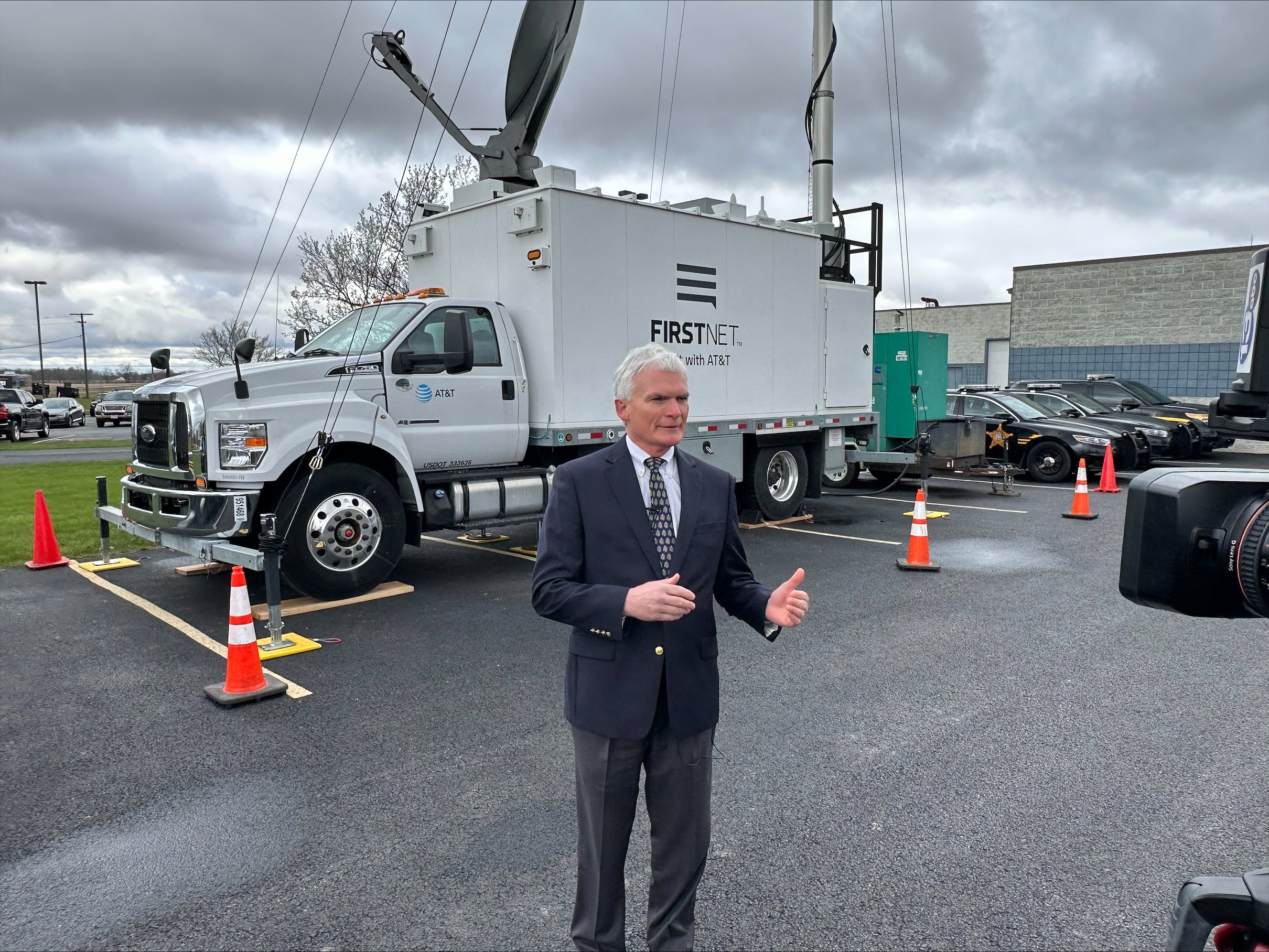Solar Eclipse: How AT&T is planning to keep Ohioans connected


While residents around the state are gearing up to view Ohio’s historic solar eclipse on Monday, AT&T is meticulously planning to ensure everyone stays connected.
According to the State of Ohio, the last total solar eclipse visible in Ohio was in 1806. The next total solar eclipse in Ohio will be in the year 2099.
AT&T says the eclipse itself will have no direct operational impact on its wireless network and that it is prepared to handle more traffic than ever as customers share their solar eclipse moments.
“We understand the importance of keeping our customers connected and we continue to monitor our network around the clock,” AT&T says on its dedicated eclipse landing page. “Our network has drastically changed since the last solar eclipse in 2017. Our customers now have the benefit of AT&T 5G which provides unique experiences, faster speeds and capacity to do more of the things our customers like.”
AT&T expanded its 5G network to reach more than 295 million people across the U.S., and its higher-speed mid-band 5G+ spectrum covers over 210 million people.
Like AT&T, state agencies have been preparing for the solar eclipse since last year. While the eclipse itself will have no direct operational impact on FirstNet, Built with AT&T - America’s Public Safety Network - first responders are preparing for watch parties across the country.
Agencies on FirstNet have 24/7 access to a dedicated fleet of over 180 land-based and airborne assets, all at no additional charge. More than a dozen FirstNet assets will be deployed to ensure first responders have the dedicated connectivity they require.
[caption id align="alignnone" width="1816"]

Congressman Bob Latta (OH-5), center, tours one of AT&T’s FirstNet assets, a SatCOLT (satellite cell on light truck), that was requested and deployed in Northwest Ohio due to the anticipated eclipse crowds. He’s joined by AT&T Ohio President Molly Kocour Boyle, left, and Seneca County Sheriff Fredrick W. Stevens, right. [/caption]
“And we’re working hand-in-hand with them to ensure they have the reliable communications they require to help keep their communities safe,” says AT&T, which has global headquarters in Dallas, also in the path of the eclipse. “So far, the team has supported 85 requests from public safety agencies in nearly every state along the path of totality.”
From 5G to fiber, the AT&T Network is prepared to handle more than its typical 680 petabytes of traffic on an average business day.
Visit Ohio’s dedicated solar eclipse page for more information.
[caption id align="alignnone" width="2420"]

Congressman Bob Latta (OH-5) tours one of AT&T’s FirstNet assets, a SatCOLT (satellite cell on light truck), that was requested and deployed in Northwest Ohio due to the anticipated eclipse crowds. [/caption]




